Excitation Systems: Components & 4 Important Methods
Table of Contents
What are Excitation Systems?
Excitation Systems is the control system used to supply the necessary field current to the synchronous generator‘s rotor winding. Excitation systems play a vital role in ensuring the reliable operation, stability, and quick transient response during power generation.

The required amount of excitation in an electrical system depends on factors such as load current, load power factor, and machine speed. As the load current increases, the machine speed decreases, and the power factor of the system becomes lagging, more excitation is needed.
The excitation system can be either integrated with each individual alternator, where each alternator has its own exciter in the form of a generator, or it can be centralized, where two or more exciters feed the bus-bar. While the centralized excitation system is cost-effective, a fault in the system can have adverse effects on the alternators in the power plant.
Components of Excitation Systems
The excitation system typically consists of several components and control mechanisms designed to ensure the generator produces stable and reliable power. These components include:
Exciter: The exciter is a small auxiliary generator mounted on the same shaft as the main generator. It provides the initial current to the rotor winding of the main generator.
Automatic Voltage Regulator (AVR): The AVR continuously monitors the generator’s output voltage and adjusts the excitation system’s field current to maintain a stable voltage level. It senses any deviations from the desired voltage setpoint and sends appropriate signals to control the excitation system.
Rectifier and Power Amplifier: The exciter’s output voltage is typically alternating current (AC), but the generator’s rotor winding requires direct current (DC). A rectifier converts the AC voltage into DC voltage, which is then amplified by a power amplifier before being supplied to the generator’s rotor.
Field Discharge Resistance: The field discharge resistance provides a controlled path for the dissipation of the generator’s residual magnetism when it is shut down. It prevents the buildup of residual magnetism, which could affect the generator’s ability to start and operate correctly.
Protective Systems: Excitation systems also incorporate various protective features, such as overvoltage and overcurrent protection, to safeguard the generator and other connected equipment from damage during abnormal operating conditions.
The excitation system’s primary function is to control the magnetic field strength in the rotor, thereby regulating the generator’s output voltage and reactive power. By adjusting the field current, the system can respond to changes in electrical load and maintain system stability.
Methods of Excitation Systems
There are four common methods of excitation, each with its own advantages. These methods include:
Shunt or Self-Excited Method
The shunt or self-excited method is one of the common techniques used in excitation systems. It involves the use of an Automatic Voltage Regulator (AVR) to supply direct current (DC) output to the exciter stator.

The exciter rotor’s alternating current (AC) output is then rectified to provide a DC input for the main generator rotor. This method is widely used and offers reliable and stable excitation for power generation.
Excitation Boost System (EBS)
The Excitation Boost System (EBS) is another method used in excitation systems. It utilizes an Automatic Voltage Regulator (AVR) to provide DC output to the exciter stator, similar to the shunt method.

However, more advanced EBS systems incorporate an additional input to the AVR, enhancing the excitation process. This method improves the system’s response and stability, allowing for efficient and reliable power generation.
Permanent Magnet Generator (PMG)
The Permanent Magnet Generator (PMG) is a method used in excitation systems. It involves the use of a permanent magnet generator to provide the initial excitation to the generator rotor.

Unlike other methods, the PMG eliminates the need for a separate exciter. This approach enhances the system’s response and stability, resulting in efficient and reliable power generation.
Auxiliary Winding (AUX)
The Auxiliary Winding (AUX) method is a commonly used technique in excitation systems. It employs an auxiliary winding on the generator stator to generate the necessary excitation voltage.
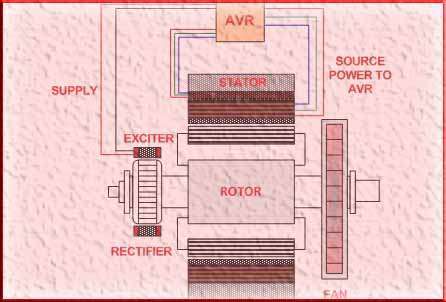
This method is often utilized in large generators and offers robust and reliable excitation. It ensures stable and efficient power generation by providing the required field current to the generator rotor.
Each of these methods has its own construction, function, and application. Detailed diagrams and illustrations are often used to explain the workings of each method effectively.
Follow us on LinkedIn”Electrical Insights” to get the latest updates in Electrical Engineering. You can also Follow us LinkedIn to see our latest posts.


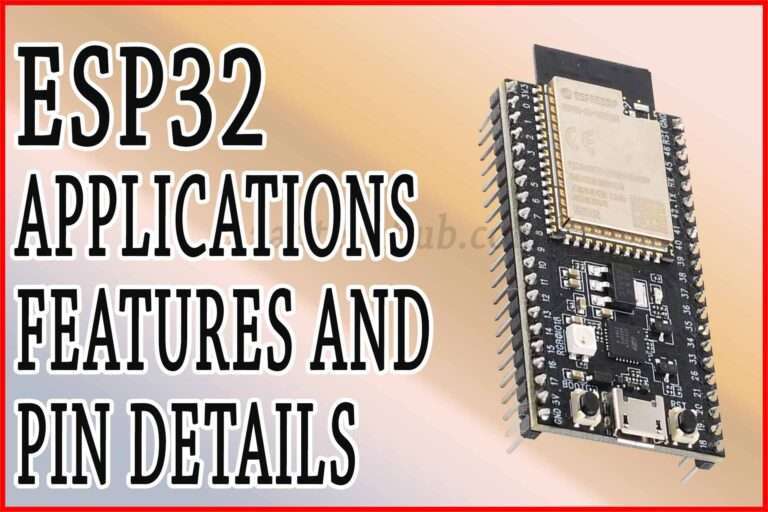
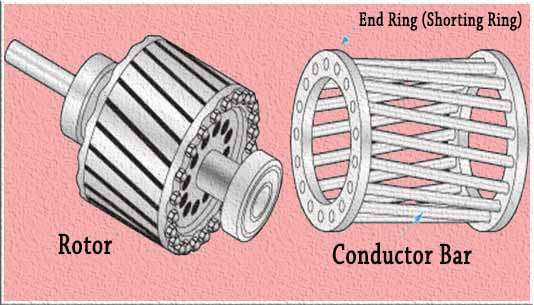
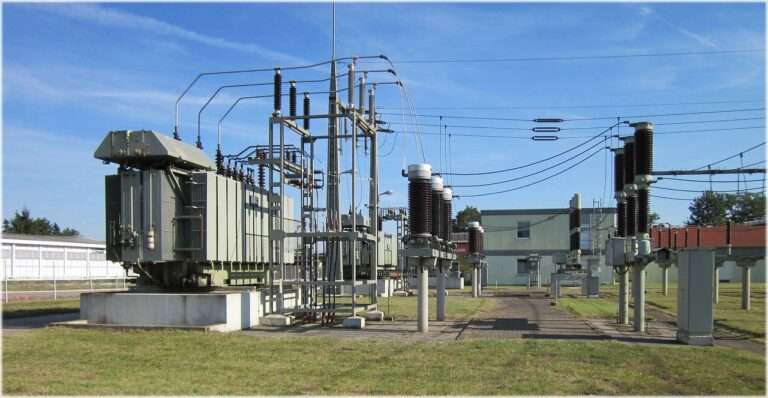
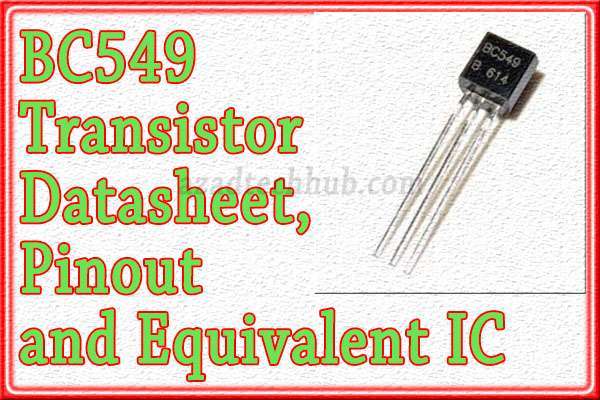
Hello There. I found your weblog the use of msn. This is a very neatly written article. I will be sure to bookmark it and return to read extra of your useful info. Thank you for the post. I will definitely return.